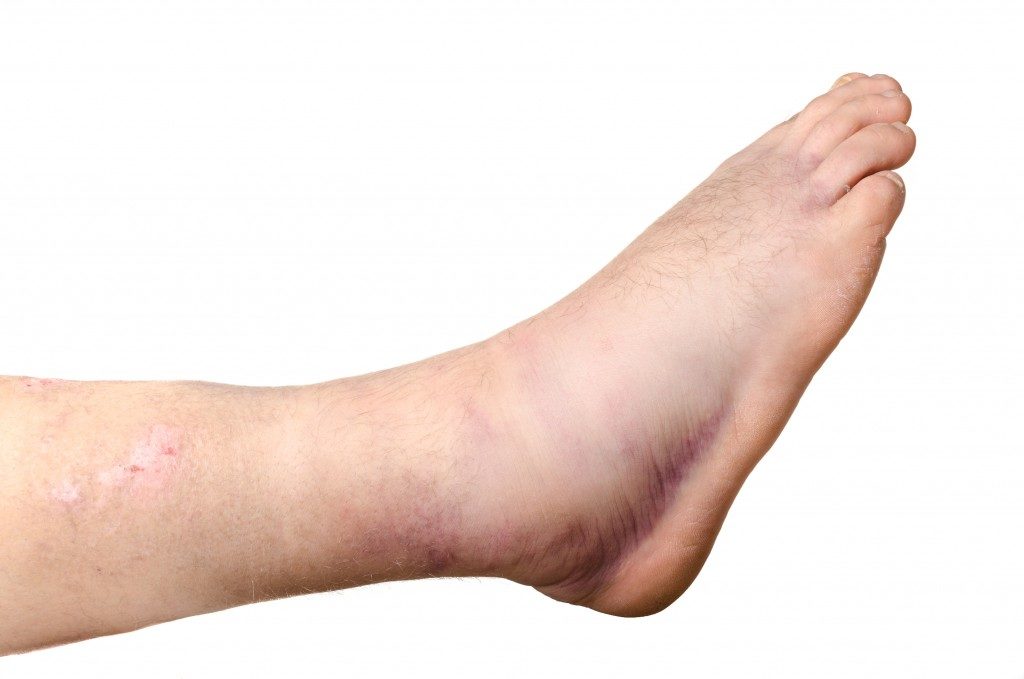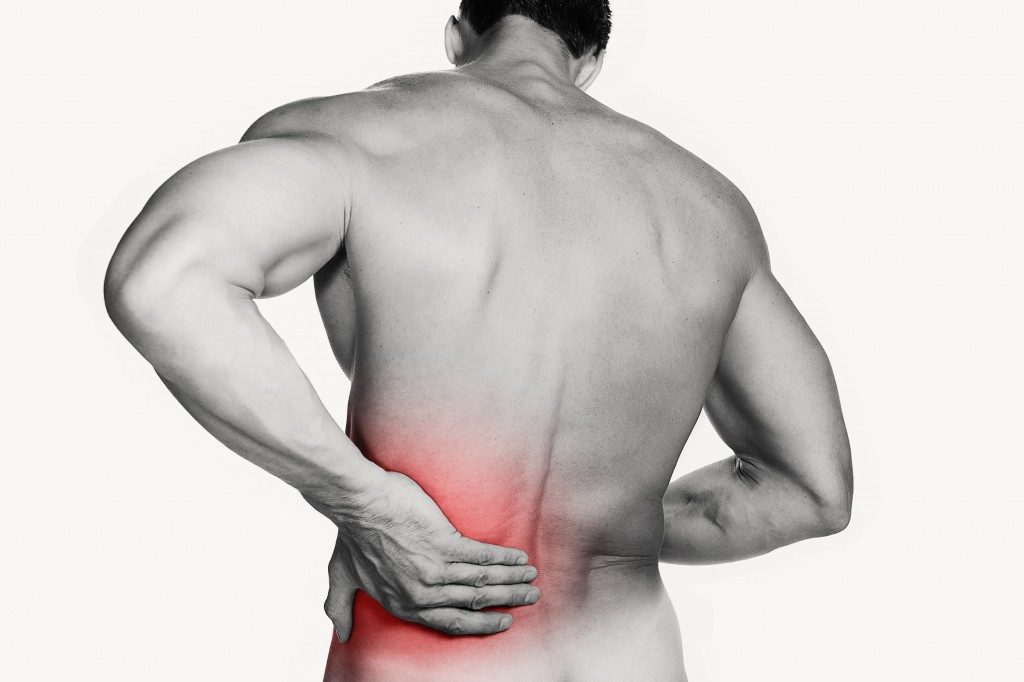Chronic low back pain is the bane of many Americans today. While the popular approach is to treat the symptoms, it may only result in temporary respite from discomfort. Without a thorough assessment from Des Moines, IA doctors or physicians, it is possible to miss the real culprit.
The back-foot connection
Chronic low back pain affects about 50 to 80 percent of adult Americans today. It can occur at any age and is on the list of notorious health issues that keep people from being productive at the workplace. Interestingly, many cases of low back pain can be traced to past or current foot and ankle injuries.
And the co-management of these issues is the only real solution to the suffering of many.
From the spine to the leg
The connection between the back and foot is not as unlikely as some may surmise. Based on human anatomy, the nerves innervating the muscles of the leg and foot arise from the spine, specifically from the area of the low back.
As such, herniation of the intervertebral disc, which may impinge on nerves where they arise from the spinal cord, results in weakness or affected sensation on the leg and foot. For people who suffer from the effects of a bulging disc, the pain and weakness are present in the leg and foot.
Low back pain may be present, but not that significant.
When ankle problems manifest in the low back region

When issues of the foot influence the delicate dynamics of the back, the relationship between the structures may not be obvious. In some cases, the recurrence of back pain is due to unresolved problems with the feet.
For instance, collapsed plantar arches coupled with knock knees result in alignment problems. Some people walk about with an ankle sprain that is not healed completely. The presence of problems with the feet causes the muscles of the back to work hard to maintain body stability, or adjust to movements given the altered body axis.
As a result, some structures of the back may tighten while others weaken. In time, as the back structures continue to compensate, pain may arise. When the root causes of the problem are not identified and resolved, chronic back pain may characterise a person’s daily life.
Case analysis: Tight hamstrings
To illustrate the intimate relationship between the lower extremities and the spine, let’s take a closer look at a common problem – tight hamstrings. The hamstrings are groups of muscles stretch out from the pelvis and attach to various areas of the lower leg.
It’s a two-jointed muscle spanning the hips and knees alike. When the muscle is tight, the tension it carries would bring the pelvis and lower back to a backward tilt, which affects the capacity of the lower back muscles to work efficiently.
The deviation from normal alignment may lead to chronic pain, and the concomitant weakness feeds the cycle of pain continuously.
Are suffering from chronic low back pain? And you can’t remember any direct injuries except for a recent ankle sprain? It’s time to consult with a musculoskeletal injuries expert. A comprehensive evaluation would reveal the real cause of the recurrent issues hindering you from performing at your best.







